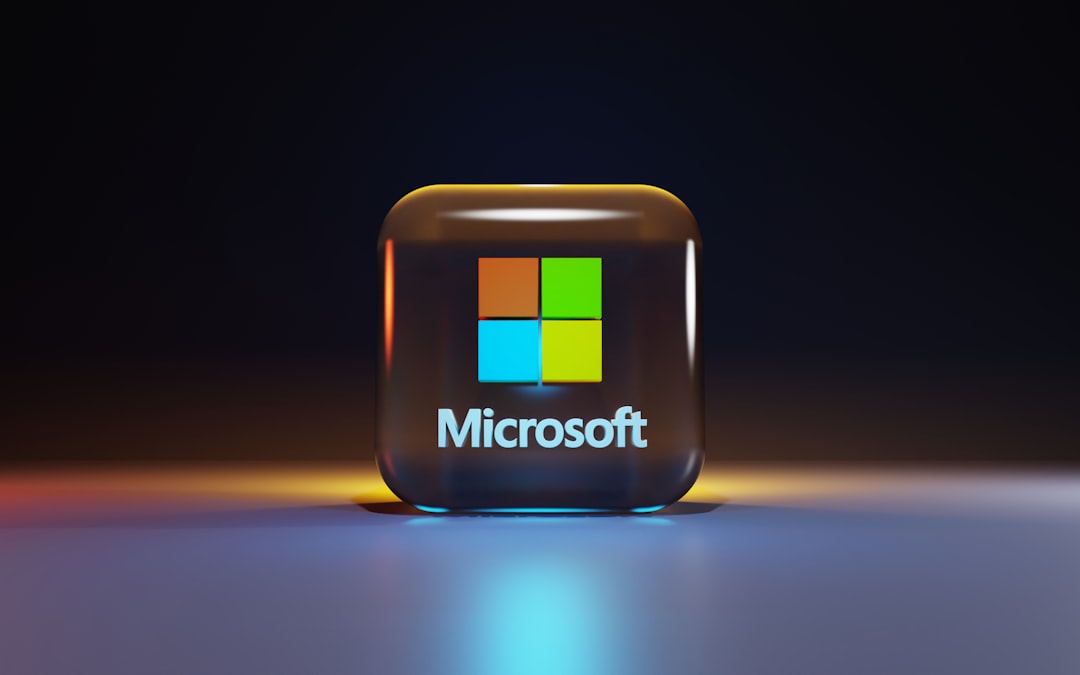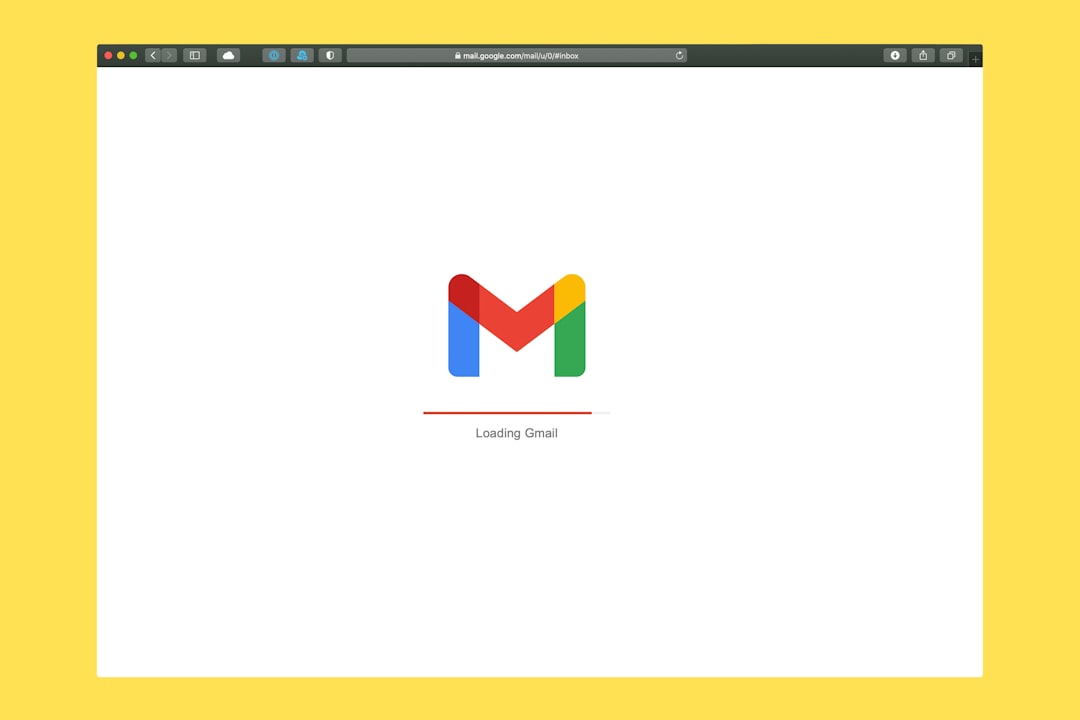The tech world is buzzing with speculation and excitement surrounding the mysterious project known as MS Sapphire. While Microsoft has yet to officially confirm its existence, a string of leaks, insider tips, and cryptic job listings have caused industry watchers and enthusiasts alike to piece together what could be the company’s next big move. Is it a new operating system? A next-gen user interface? Or something even bigger?
What Is MS Sapphire?
MS Sapphire is rumored to be Microsoft’s codename for a transformative software initiative, possibly tied to the evolution of Windows or a new cloud-based ecosystem. While details remain scarce, the term “Sapphire” has popped up in internal documents and developer forums, prompting conversations about what is to come.
Speculation hints that MS Sapphire could be:
- A revamped version of Windows aimed at modular, lightweight performance.
- A hybrid OS combining the best elements of Windows and Azure.
- An innovative platform developed for AI-centric computing environments.

Latest Leaks and Industry Rumors
A series of recent leaks have added fuel to the fire. In one such leak, screenshots allegedly showing the MS Sapphire UI were posted to a tech forum before quickly being taken down. Users who saw the images described a sleek, minimalist interface with floating elements, intelligent widgets, and seamless native cloud integration—prompting comparisons to both Apple’s macOS and Google’s ChromeOS.
Here are some of the most talked-about MS Sapphire features based on leaked reports:
- Smart Shell: A dynamic shell that adapts to device type—be it desktop, mobile, or tablet.
- AI Assistance Core: A deeply embedded AI assistant, potentially leveraging OpenAI’s models.
- Edge Fusion UI: Enhanced browser integration for better multitasking and media rendering.
- Modular Updates: Faster, more targeted updates that won’t require device reboots.
Some developers claim they’ve found code strings referencing “SapphireHost” and “SapphireShell” within recent insider builds of Windows 11, suggesting that early-stage implementation may already be underway.
Microsoft’s Silence Is Deafening
Microsoft has consistently declined to comment on the rumors surrounding MS Sapphire. During the company’s Build conference earlier this year, CEO Satya Nadella did hint at “reimagining computing at all levels, from silicon to cloud,” which some interpreted as an indirect nod to emerging projects like Sapphire. Nonetheless, the lack of confirmation has only added to the mythos.

Developer Reactions
The development community is cautiously optimistic. Many see MS Sapphire as a chance to rebuild Windows from the ground up, improving performance, security, and customization. However, concerns also linger. Will older apps continue to work? Will MS Sapphire be locked behind Microsoft’s subscription ecosystem?
Among developers, these are the top discussion points:
- Backward Compatibility: Preserving access to Win32 legacy apps remains a major ask.
- Open Source Potential: Could some parts of Sapphire be publicly available for customization?
- AI Integration: How will AI tooling be exposed through APIs and development kits?
Potential Launch Timeline
Most analysts agree that if MS Sapphire is indeed real, we’re at least a year away from full public release. A preview or beta could potentially drop in late 2024, aligning with Microsoft’s cyclical development calendar. This would place a full launch somewhere in 2025, perhaps timed with new Surface device releases.
What Could It Mean for Users?
For end users, MS Sapphire could signal a bold shift in how we interact with our devices. Enhanced AI features, fluid design, and deep cloud hooks could make PCs smarter and more adaptive. It may also represent a push to unify Microsoft’s ecosystem—from desktop to Xbox, mobile, and beyond.

Until Microsoft breaks its silence, all eyes will remain focused on whatever clues emerge from developer channels, insider builds, and unexpected leaks. One thing’s for sure—if MS Sapphire is real, it could mark the most significant chapter in Microsoft’s software history since the launch of Windows 95.
Stay tuned—we’ll continue to update this story as more information becomes available.